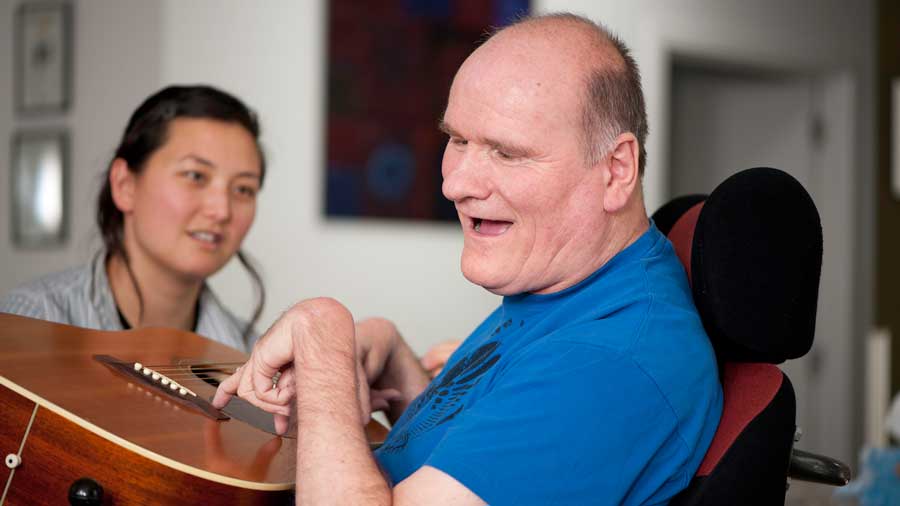Image: Istock
Developing an inclusive housing pipeline
A new guide provides a framework for developing a housing with support pipeline for people with a learning disability and autistic people

HEALTH, CARE & SUPPORT

Nina Cilins
Policy and Research Officer, Campbell Tickell

Nina Cilins
Policy and Research Officer, Campbell Tickell
Issue 73 | September 2024
Commissioned by the Local Government Association (LGA) and Partners in Care and Health (PCH), Campbell Tickell has created a new guide on how to develop a housing with support pipeline for people with a learning disability and autistic people. Launched in June 2024, the guide provides practical advice for adult social care commissioners and council housing departments, and addresses collaboration with health commissioners, and integrated care boards (ICBs).
The target population in this guide is individuals eligible under the Care Act, as well as those with moderate or low needs who may not qualify for statutory services but still require housing and support.
The guide contains:
- A Forecasting Needs Framework: A step-by-step approach using population, health, and local adult social care data to predict housing needs.
- Housing models: Examples and detailed case studies of various housing with support models, including:
- Specialist bespoke supported accommodation
- Bespoke single occupancy property
- Purpose-built supported accommodation (clustered flats)
- Designated general needs housing with support (hub and spoke, and clustered flats)
- Community living networks in dispersed housing
- Extra Care housing (generic and for older people)
- How to access to general housing: Support for people with a learning disability and autistic people to access general housing through either the local housing register, or shared ownership via Home Ownership for People with Long-Term Disabilities (HOLD).
- Funding sources: Explaining different funding sources for building or converting housing with support, including Homes England’s Affordable Homes Programme; the Housing Revenue Account; the Public Works Board; NHSE capital funding; private finance; social finance investment; and the Disabled Facilities Grant.
- Partnership Arrangements: A brief guide on partnering with registered providers, health, and care providers to secure additional housing with support, and different commissioning arrangements from the provider market.
- Securing Affordable Housing: Use of Section 106 and the Community Infrastructure Levy (CIL) to secure affordable housing units for people with a learning disability and autistic people.
Image: Istock
“The evidence from a strategic housing with support needs assessment can be used to justify capital funding and influence planning priorities.”
Five key stages:
There are five key stages to the framework for forecasting housing with support needs for people with a learning disability or autism, which are:
- Establishing the baseline population in need: Identifying the baseline population of people with a learning disability and autistic people aged 18 years or older in each council area, based on prevalence rates.
- Understanding the need for housing with support: Analysing data sources to identify those most likely to require housing with support and discussing the level of need with social care commissioners and practitioners. Going beyond the data and involving social care commissioners and others is needed to fully understand the wider picture.
- Analysing current housing with support supply data from councils: Conducting a strategic needs assessment to collect data on the number of people placed in supported accommodation and extra care housing annually.
- Conducting a gap analysis: Aggregating the annual need for housing with support and subtracting the average number of people placed in existing housing with support to determine the net annual need.
- Forecasting future projections to help the next generation: Adjusting the annual need for housing with support, upwards or downwards, based on prevalence and population projections. The needs analysis can be adjusted on an ongoing basis to reflect the supply of new supported developments, at the point at which lettings are made.
The evidence from a strategic housing with support needs assessment can be used to justify capital funding and influence planning priorities. The guide, produced with input from social care commissioners and housing and planning colleagues, also explains funding options and provides good practice examples of schemes.


